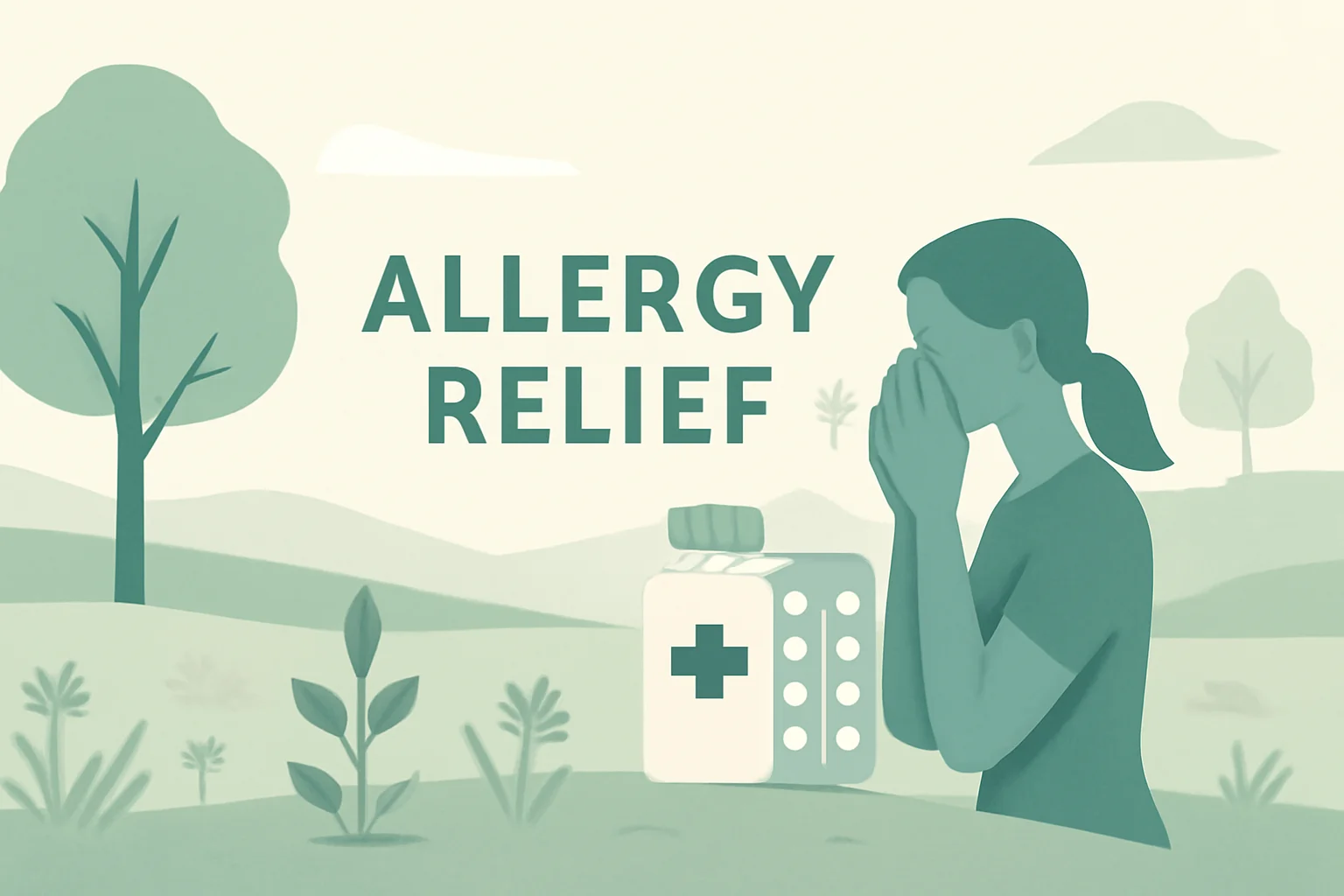
Cold or flu? Recognize the differences and the treatment!
With the arrival of the cold months, many people experience symptoms of a cold or flu. These respiratory illnesses are particularly common, and it is often difficult to distinguish between them. Colds and flu are illnesses caused by the same viruses, but they can affect the body to different extents. A cold typically has a milder course, while the flu can cause more severe symptoms and lead to complications. People often confuse the two illnesses, as the symptoms are similar, but it is important to know what we are dealing with in terms of treatment and prevention.
Cold: Symptoms and Causes
A cold, medically known as rhinitis, is the most common type of respiratory infection. The most common pathogens are rhinoviruses; however, other viruses such as coronaviruses, adenoviruses, and enteroviruses can also cause it. The symptoms of a cold usually appear gradually and are mild in most cases.
The first signs of a cold include a sore throat, runny nose, sneezing, and a mild cough. As the illness progresses, symptoms may intensify, and headache, muscle aches, and fatigue may also appear. Fever rarely occurs with a cold; if it does, it is usually low-grade. The course of a cold typically lasts 7-10 days, and in most cases, it resolves on its own.
The most common causes of a cold include viral infection, which is spread through the coughs, sneezes, or direct contact of infected individuals. Cold weather, dry air, and staying in enclosed spaces can also contribute to the development of a cold. The risk of catching a cold increases when the immune system is weakened, for example, due to stress, lack of sleep, or poor nutrition.
To prevent colds, it is important to adhere to hygiene practices, such as frequent handwashing and avoiding contact with sick individuals. Additionally, proper nutrition, regular exercise, and adequate rest can help strengthen the immune system, thereby reducing the risk of colds.
Flu: Symptoms and Complications
The flu, also known as influenza, is a viral infection caused by the influenza virus. The influenza virus can be divided into several subtypes, and the severity of the illness can vary. The symptoms of the flu usually appear suddenly and are much more severe than those of a cold.
The first signs of the flu include high fever, muscle aches, headache, fatigue, and dry cough. Sore throat and runny nose may also occur, but these symptoms are generally not as pronounced as in the case of a cold. The course of the flu typically lasts 1-2 weeks, but full recovery may take several weeks.
The complications of the flu can be particularly concerning, as the illness can become more severe and lead to pneumonia, bronchitis, or other respiratory complications. Older adults, young children, and individuals with chronic illnesses are especially vulnerable to flu-related complications.
The best defense against the flu is vaccination, which is recommended annually. The vaccine helps reduce the risk of infection and the severity of the illness. Additionally, it is important to follow hygiene practices, such as frequent handwashing, avoiding contact with sick individuals, and maintaining a healthy lifestyle.
Differences Between Cold and Flu
Although colds and flu can have similar symptoms, there are several important differences between them. One of the most noticeable differences is the speed of symptom onset. A cold typically develops gradually, while flu symptoms appear suddenly and intensely.
The severity of symptoms also shows significant variation. A cold is mild, while the flu can cause severe distress, including high fever and severe muscle aches. Additionally, with a cold, fever rarely exceeds 38 °C, whereas with the flu, fever often reaches 39 °C or higher.
The methods of treatment can also differ. For a cold, rest, fluid intake, and over-the-counter pain relievers are usually sufficient. However, for the flu, it is necessary to consult a doctor, and antiviral medications may be needed to alleviate the course of the illness.
In terms of prevention, the approaches for colds and flu differ as well. While adherence to hygiene practices and strengthening the immune system is crucial for colds, vaccination is essential for effective flu prevention.
All these differences emphasize the importance of proper diagnosis and treatment methods based on the specific symptoms.
—
Warning: This article does not constitute medical advice. For health issues, please consult your doctor!

